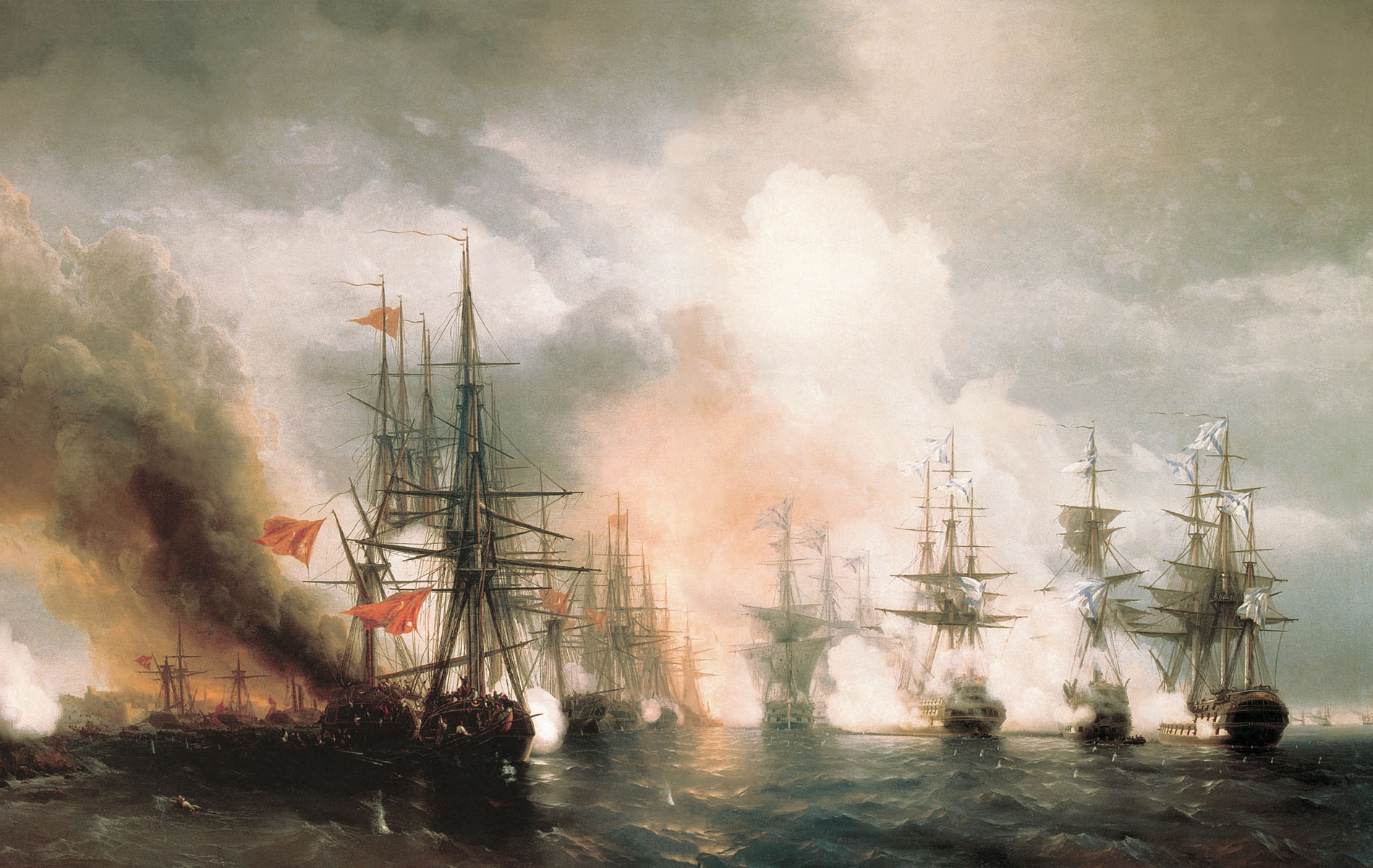|
Nakhimov
Pavel Stepanovich Nakhimov (russian: Павел Степанович Нахимов, ; – ) was a Russian Admiral in the Imperial Russian Navy known for his victory in the Battle of Sinop and his leadership in the Siege of Sevastopol (1854–1855) during the Crimean War. He joined the imperial Russian Navy and moved up the ranks serving in the Greek War of Independence and the Russo-Turkish War (1828–29). At the beginning of the Crimean War, he delivered a significant victory at the Battle of Sinop against the Ottoman Empire. Afterward, he was a leader in the defense of Sevastopol against British, French, and Ottoman forces, during which a sniper wounded him, and he died a few days later. After his death, he became a hero in Russia, with medals and ships named after him, especially during Soviet times, starting with Stalin. Also, a Soviet Film called '' Admiral Nakhimov'' was made in 1947 about his life. Early life Nakhimov was born in the village of Gorodok i ... [...More Info...] [...Related Items...] OR: [Wikipedia] [Google] [Baidu] |
Battle Of Sinop
The Battle of Sinop, or the Battle of Sinope, was a naval battle that took place on 30 November 1853 between Imperial Russia and the Ottoman Empire, during the opening phase of the Crimean War (1853–1856). It took place at Sinop, Turkey, Sinop, a sea port on the southern shore of the Black Sea (the northern shore of Anatolian Turkey). A Russian squadron (naval), squadron attacked and decisively defeated an Ottoman squadron anchored in Sinop's harbor. The Russian force consisted of six ships of the line, two frigates and three armed Steamboat, steamers, led by Admiral Pavel Nakhimov; the Ottoman defenders were seven frigates, three corvettes and two armed steamers, commanded by Vice Admiral Osman Pasha (naval officer), Osman Pasha. The Russian navy had recently adopted naval artillery that fired explosive shells, which gave them a decisive advantage in the battle. All the Ottoman frigates and corvettes were either sunk or forced to run aground to avoid destruction; only one ste ... [...More Info...] [...Related Items...] OR: [Wikipedia] [Google] [Baidu] |
Admiral Nakhimov (film)
''Admiral Nakhimov'' (russian: Адмирал Нахимов) is a 1947 Soviet biopic film directed by Vsevolod Pudovkin, based on the life of Russian Admiral Pavel Nakhimov (1802-1855). In 1946 Pudovkin, Golovnya, Lukovsky, Kryukov, Dikiy, Simonov, and Knyazev received the Stalin Prize. Production The movie had to be remade after the Communist Party of the Soviet Union viewed it as having historical inaccuracies and too many "parties and dancing." Therefore, they recruited Vsevolod Pudovkin to recreate the film, where he removed the love story, "toned down" the dance scenes, and made other changes. Plot Cast Response Criticism Stalin said this about the film: "Pudovkin, for instance, undertook the production of a film on Nakhimov without studying the details of the matter, and distorted historical truth. The result was a film not about Nakhimov but about balls and dances with episodes from the life of Nakhimov". Awards *Award at the 8th Venice International Film Festi ... [...More Info...] [...Related Items...] OR: [Wikipedia] [Google] [Baidu] |

